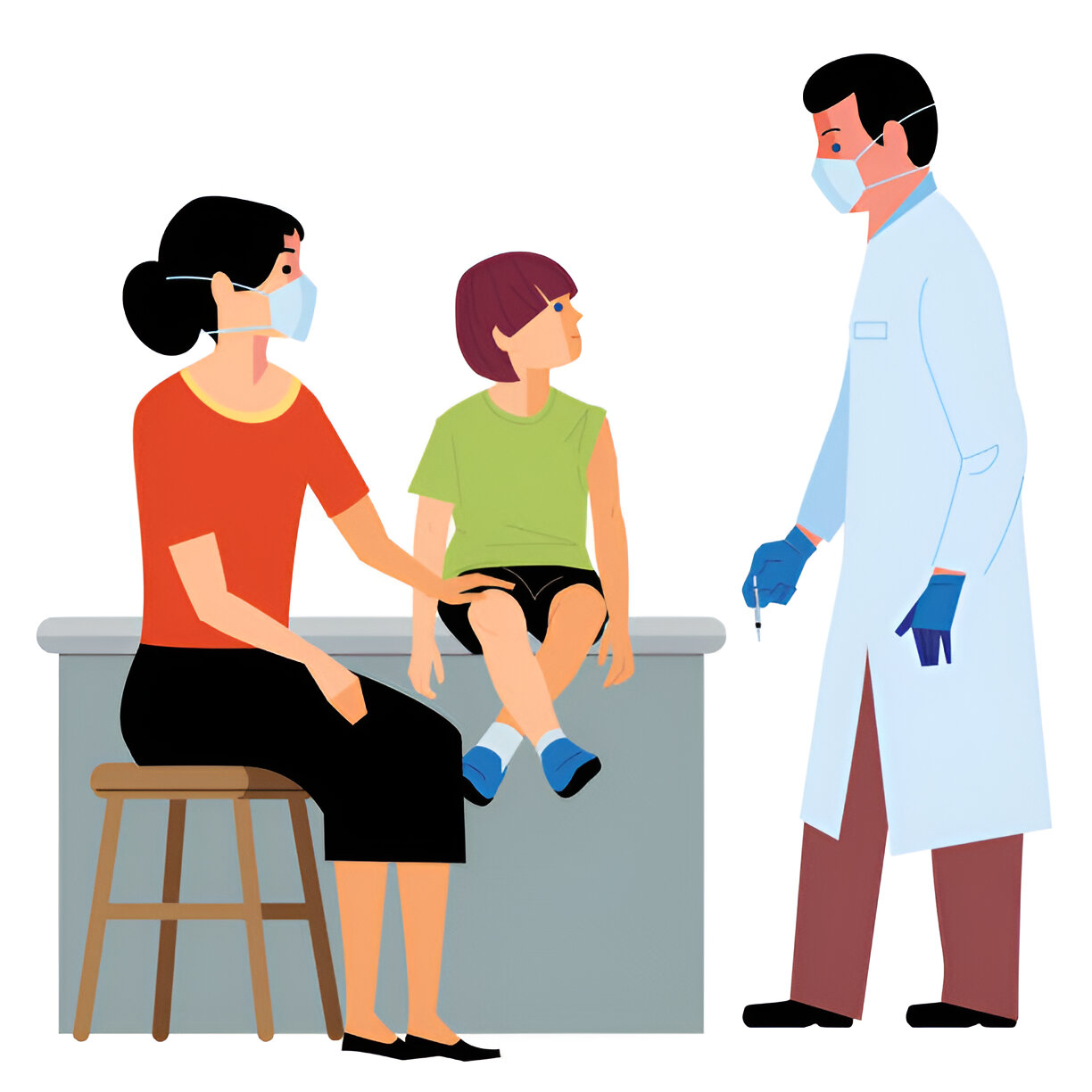Pharmacology does not have to feel overwhelming. You can learn the patterns. You can spot the big red flags. You can pick the safest first action. This guide keeps every section short and clear, so you can study fast and remember longer. It is truly Pharmacology Made Easy.
Why pharmacology matters on the NCLEX
-
Med errors are high risk.
-
The exam tests safety first.
-
You must know what to check, what to teach, and when to hold.
-
You do not need every fact. You need patterns that guide safe choices.
Practice as you read with quick sets on Nurseclex:
-
NCLEX question bank (RN and PN): https://nurseclex.com/question-bank
-
Adaptive CAT simulation: https://nurseclex.com/cat-sim
-
Printable pharm cheat sheets: https://nurseclex.com/cheat-sheets
For trusted background, see:
-
U.S. FDA Drug Safety: https://www.fda.gov/drugs
-
MedlinePlus Drug Info: https://medlineplus.gov/druginformation.html
-
CDC Vaccines: https://www.cdc.gov/vaccines
The 4-step frame that makes pharmacology easy
Use this on every drug question.
-
Pattern (name ending or class).
-
Prototype (one core example).
-
Big red flag (the danger you must not miss).
-
First safe action (assess vs. intervene vs. teach).
You can also apply this frame on the floor. It keeps your thinking calm and repeatable.
High-yield drug families you must know
Below are short, test-ready clusters. Read, then try 2–3 practice items right away.
1) ACE inhibitors — -pril (e.g., lisinopril)
-
Red flags: cough, angioedema, hyperkalemia.
-
First action: monitor BP and K⁺; stop and assess airway if swelling of face/tongue.
-
Teach: rise slowly; report swelling or persistent cough.
2) ARBs — -sartan (e.g., losartan)
-
Red flags: hyperkalemia, hypotension.
-
Action: check K⁺ and BP; avoid potassium salt substitutes.
3) Beta blockers — -lol (e.g., metoprolol, propranolol)
-
Red flags: bradycardia, hypotension, bronchospasm (non-selective).
-
Action: check HR/BP; hold per parameters; use caution with asthma/COPD.
4) Calcium channel blockers (DHPs) — -pine (e.g., amlodipine)
-
Red flags: edema, hypotension, headache.
-
Action: trend BP and swelling; teach about dizziness and falls.
5) Statins — -statin (e.g., atorvastatin)
-
Red flags: rhabdomyolysis (muscle pain, dark urine), liver injury.
-
Action: report muscle pain; check LFTs as ordered; take in evening if directed.
6) Loop diuretics — -semide (e.g., furosemide)
-
Red flags: hypokalemia, dehydration, ototoxicity with rapid IV push.
-
Action: monitor K⁺, I&O, daily weights; give IV slowly per policy.
7) Potassium-sparing diuretics — spironolactone
-
Red flags: hyperkalemia, endocrine effects (gynecomastia).
-
Action: monitor K⁺; avoid high-K foods if instructed.
8) Anticoagulants — warfarin, heparin
-
Warfarin: watch INR (goal often 2–3), bleeding; reversal: vitamin K.
-
Heparin: watch aPTT, bleeding; reversal: protamine.
-
Teach: soft toothbrush, electric razor, bleeding precautions.
9) Insulins — rapid, short, intermediate, long
-
Rapid (lispro): on set fast; food must be ready.
-
Long (glargine): no peak; do not mix.
-
Red flags: hypoglycemia.
-
Action: check glucose; match dose to meals; treat lows quickly.
10) Opioids — morphine, hydromorphone
-
Red flags: respiratory depression, sedation, constipation.
-
Action: assess RR and sedation; hold and notify if RR low; narcan for severe depression per order.
11) Benzodiazepines — -pam, -lam (e.g., lorazepam)
-
Red flags: CNS depression, falls, dependence.
-
Action: safety first; avoid alcohol; taper per provider.
12) Antipsychotics — typical vs. atypical
-
Typical (haloperidol): EPS, NMS, QT risk.
-
Atypical (risperidone, clozapine): metabolic syndrome; agranulocytosis with clozapine.
-
Action: report fever/rigidity (NMS); monitor ANC if on clozapine; watch weight and glucose.
13) SSRIs — -ine, -pram (e.g., sertraline, citalopram)
-
Red flags: serotonin syndrome, SI risk early in therapy.
-
Action: report agitation, fever, tremor; allow 2–4 weeks for effect.
14) Thyroid meds — levothyroxine
-
Red flags: over-replacement → tachycardia, heat intolerance.
-
Action: take on empty stomach; do not mix with iron or calcium near dose time.
Want more clusters like these? Try the free Pharmacology Made Easy cheat sheets:
https://nurseclex.com/cheat-sheets
Dosage calc and safety basics (you will see these)
-
Confirm the five rights: right patient, drug, dose, route, time.
-
Clarify look-alike/sound-alike meds.
-
For high-risk meds (insulin, heparin): double-check per policy.
-
Recheck labs tied to the drug (K⁺ for ACE/ARBs/diuretics; INR/aPTT for anticoagulants).
-
When unsure: assess first, then clarify with the provider.
Need a fast calc refresh? See our step-by-step guide:
https://nurseclex.com/blog/dosage-calculations
How to review rationales the smart way
Use this 3-minute loop after each question block:
-
Name the rule you used (ABCs, unstable vs. stable, assess vs. intervene).
-
Explain the wrong options in one line each (why unsafe or lower priority).
-
Write one micro-rule you can reuse (e.g., “New wheeze on beta blocker → assess lungs, check HR, hold if brady.”).
This is exactly how Nurseclex rationales read—clear and step by step.
Try a mixed pharm set: https://nurseclex.com/question-bank
One-page pharm study plan (repeat weekly)
-
Mon: 30 mixed questions (cardio + diuretics + anticoagulants).
-
Tue: 30 mixed questions (endocrine + insulin + thyroid).
-
Wed: 30 mixed questions (neuro + opioids + benzos).
-
Thu: 30 mixed questions (psych meds + EPS/NMS review).
-
Fri: 30 mixed questions (ID: antibiotics/antivirals basics).
-
Sat: 40-question CAT-style set + 20-minute rationale review.
-
Sun: Rest + print a Pharmacology Made Easy cheat sheet.
For a complete NCLEX study schedule, see:
https://nurseclex.com/blog/nclex-study-schedule
Red-flag symptoms you must never miss
-
Airway or breathing change after a new dose.
-
Anaphylaxis signs: hives, wheeze, swelling, hypotension.
-
Internal bleeding on anticoagulants: black stools, coffee-ground emesis.
-
Severe muscle pain on statins.
-
Fever + rigidity on antipsychotics (think NMS).
-
Serotonin syndrome: agitation, hyperreflexia, fever.
-
Hypoglycemia on insulin or sulfonylureas: sweating, confusion, tremor.
On the NCLEX, the best answer protects the patient first. When in doubt, think safety.
Power combos to remember
-
ACE/ARB + K⁺-sparing diuretic → risk of hyperkalemia.
-
Warfarin + antibiotics → INR may rise; monitor closely.
-
Opioids + benzos → respiratory depression risk.
-
MAOIs + tyramine foods → hypertensive crisis.
See interaction basics at MedlinePlus:
https://medlineplus.gov/druginformation.html
Test-day flow for pharm items
-
Read the stem twice. Find the true problem and the patient risk.
-
Spot the pattern and think of the prototype.
-
Name the big red flag in your head.
-
Pick the first safe action.
-
If two look right, choose the one that keeps the patient safest first.
Keep it simple. Keep it safe.
Pharm success is not about memorizing every detail. It is about pattern spotting and safe action. Use the 4-step frame. Practice small sets daily. Review rationales the smart way. This is Pharmacology Made Easy.
Next steps on Nurseclex:
-
Free practice: https://nurseclex.com/question-bank
-
CAT simulation: https://nurseclex.com/cat-sim
-
More reading: How to Create the Perfect NCLEX Study Schedule
https://nurseclex.com/blog/nclex-study-schedule -
Related: Top 10 NCLEX Test-Taking Strategies
https://nurseclex.com/blog/nclex-strategies







